11 Leading Causes of Leg Pain and Sore Calves
Legs take the brunt of daily physical activity, therefore ongoing leg pain is both highly uncomfortable and inconvenient because of the reliance (and constant weight) we place on our legs. Pain and stiffness are often attributed to aging or physical activity. While this is typically the case, ongoing pain may be a sign of a more serious physical condition. There are many causes of leg pain ranging from physical injury to serious and possibly life-threatening conditions. To be certain of an accurate diagnosis, it is always best to consult a medical professional concerning the source and symptoms of ongoing discomfort.
Delayed-Onset Muscle Soreness (DOMS)

Delayed onset muscle soreness occurs after a workout and is felt within the recovering muscle. Pain, stiffness and limited mobility may not be felt immediately after training but may occur within twenty-four to forty-eight hours. DOMS is the body’s natural inflammatory response to micro tears occurring in the muscle as a result of physical activity. This can occur due to a number of weight-bearing activities including physical labor, gardening, and yard work and is not just confined to what may seem like the greater strains of weightlifting or exercise activities. Stretching and light movement may dissipate the pain associated with DOMS as these increase blood flow to the area, accelerating healing.
Muscle Cramps
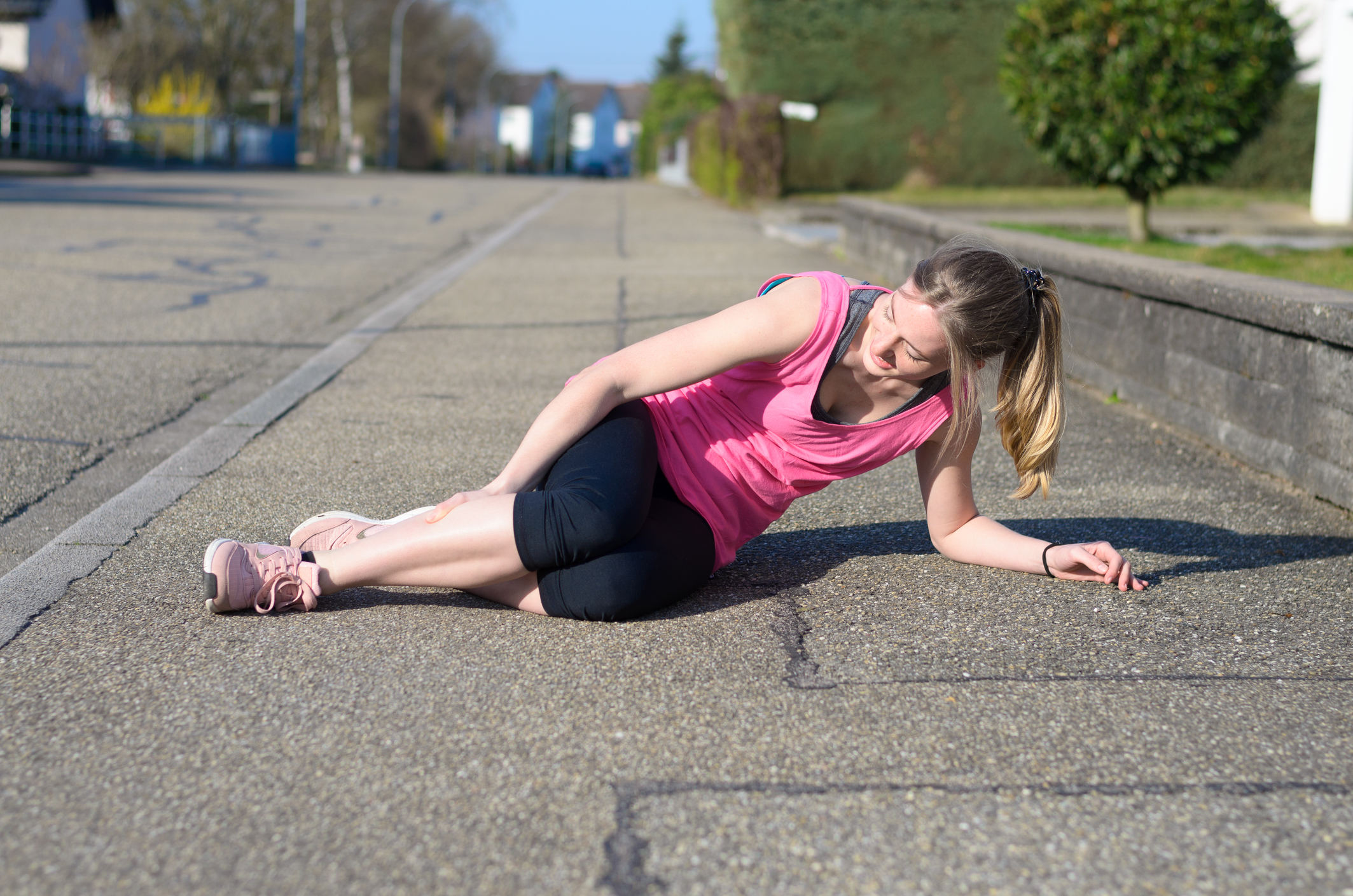
Muscle cramps occur suddenly and may be extremely painful and intense. Cramps may last anywhere from a few moments to several minutes before muscle relaxation occurs. A spontaneous contraction or spasm of the muscle may be caused by several factors These include intense exercise, cold environments, impeded blood flow, medications, mineral deficiency and dehydration. Stretching, massage, heating pads, ice packs and electrolyte-enhanced water may all be used to alleviate painful cramping. To prevent these cramps, proper hydration and mineral intake are necessary.
Tendonitis
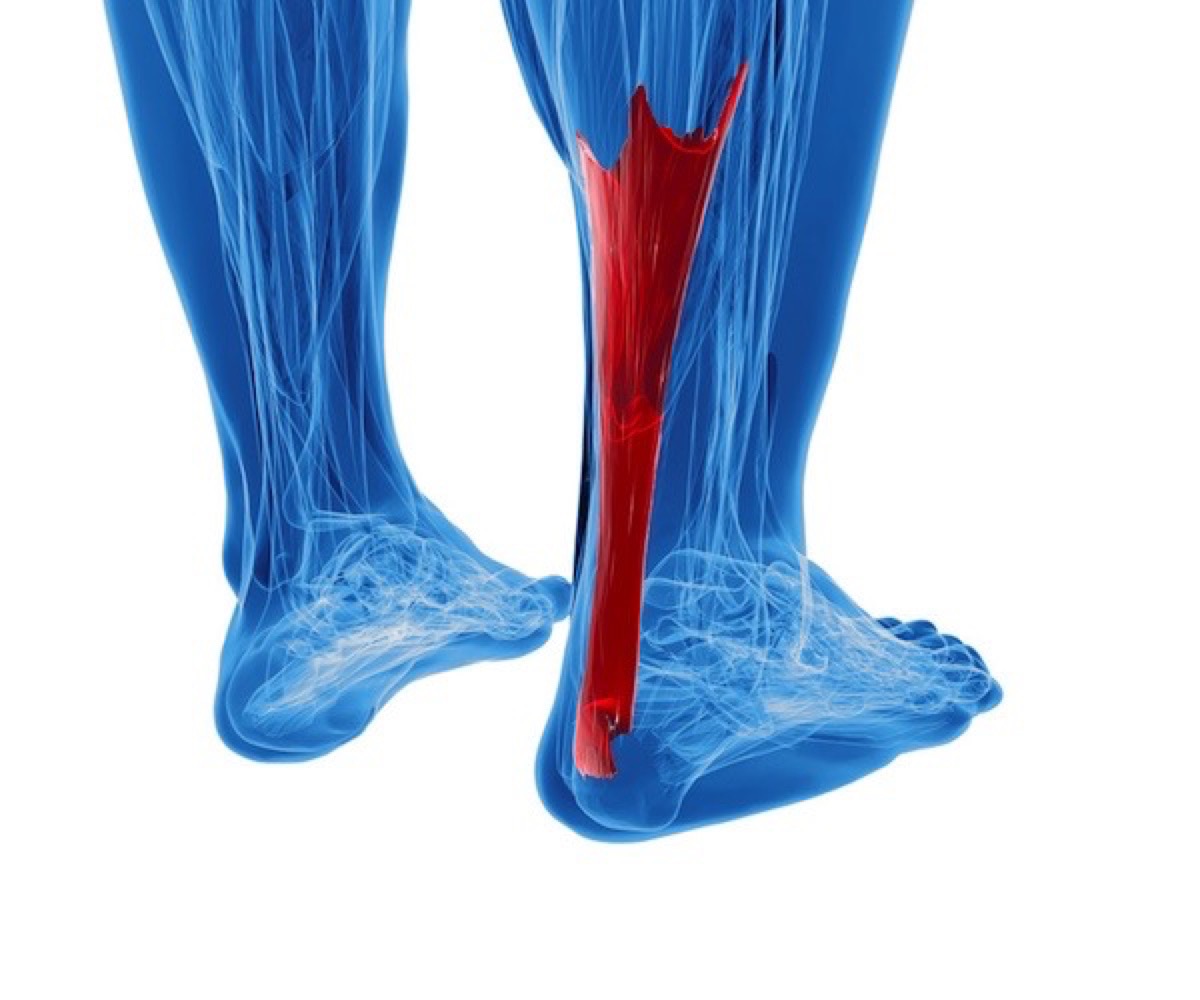
Achilles tendonitis is an extremely painful condition that presents in the lower calf. The Achilles tendon attaches the heel bone to muscles in the calf and may become inflamed when placed under excessive and repetitive stress. Runners tend to experience this pain due to the excessive use of the calf muscles while training. Tendonitis pain may also affect parts of thigh due to overuse and inflammation of tendons located in the hip flexors and adductors. Pain may radiate from these areas to the legs, causing a dull ache and making movement uncomfortable. Physical therapy, rest, heating pads and ice packs may alleviate the pain associated with this condition.
Muscle Sprain, Strain or Tear
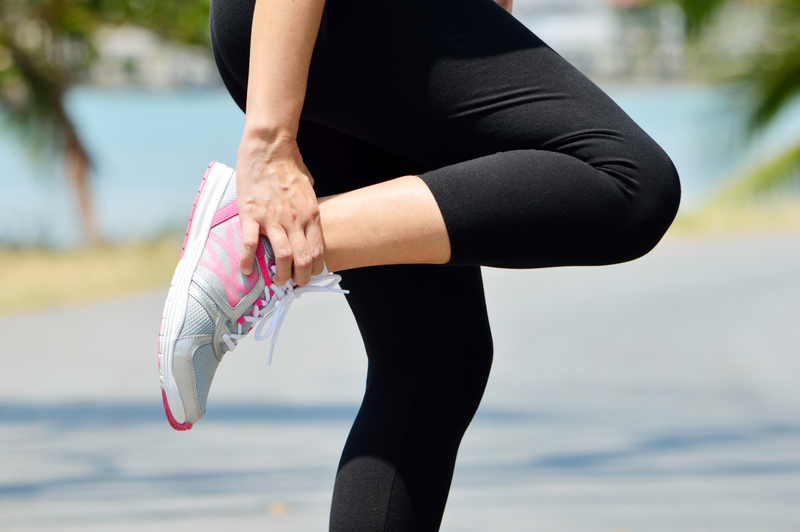
These conditions occur when either a muscle or the tendons that attach to it have been damaged in one way or another. A sprain refers to damage to the ligaments that connect bones in the leg. Strains indicate damage to a muscle or tendon, while a tear can occur in a muscle, tendon or ligament. When muscles are suddenly placed under heavy loads or the individual over stretches tendons, ligaments or muscles through sudden movement, it can cause strain. Hamstring strains and tears are very common and are a frequent cause of leg pain.
Shin Splints
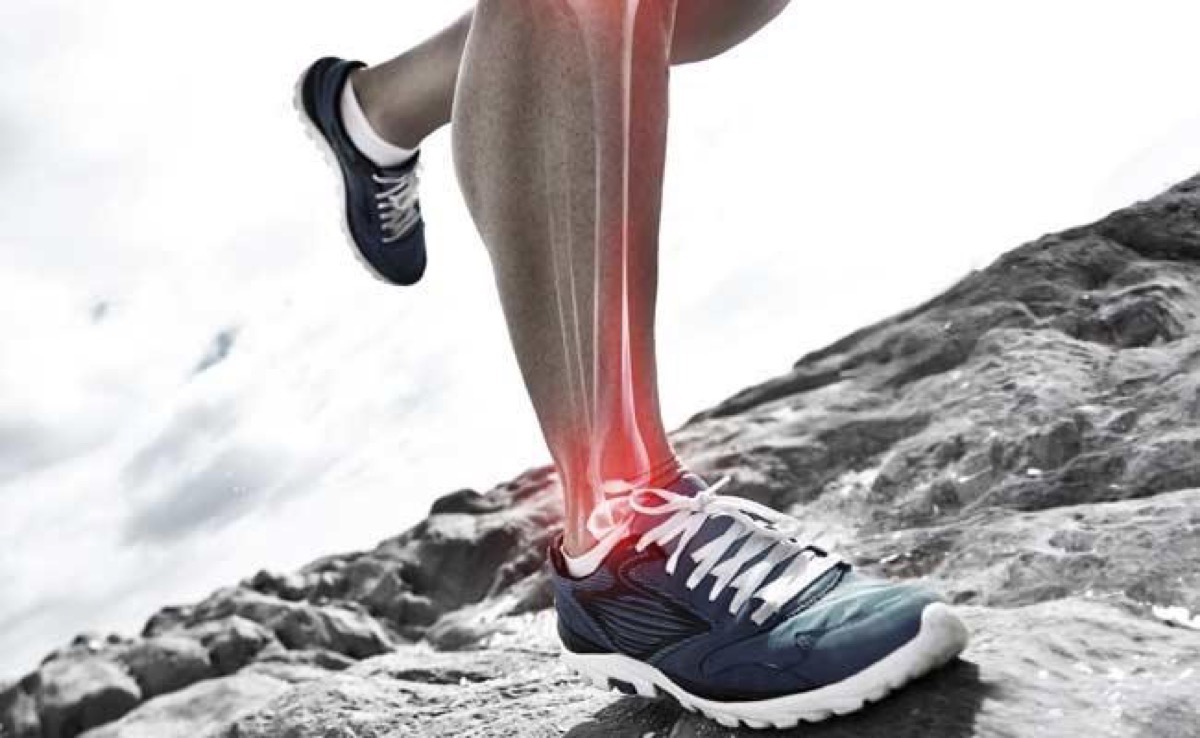
Shin splints, also known as medial tibial stress syndrome (MTSS) are a very common cause of leg pain amongst active individuals. Pain is located in the front of the lower leg, on the anterior/medial side of the calf. While the name shin splint is not a true diagnosis of the condition, it refers to pain experienced in the shin area. MTSS may be the result of several factors including incorrect footwear, over supination (outward feet), overpronation (inward feet), distance running, sprinting and poor flexibility. When the muscles in the calf repetitively pull on the sheath surrounding the shin bone, this results in pain and inflammation commonly referred to as shin splints. Stretching, rest, ice, compression, and massage may all be effective in the reduction and prevention of ongoing pain.
Stress Fractures

The most common type of lower body stress fracture occurs in the lower leg and is known as a tibial stress fracture. Stress fractures are incomplete breakages of bone and occur as a result of overuse. Initially, sufferers may feel what is known as a shin splint, or pain in the anterior and medial region of the lower leg. Tibial stress fractures occur over time, and symptoms typically present after particularly strenuous training sessions or repetitive overuse of the lower leg muscles. Sufferers should be careful to avoid any weight-bearing exercises that place excessive load on the lower leg and are advised to rest for several weeks. Doing so allows the body to generate new bone tissue to heal the affected area.
Deep Vein Thrombosis

Deep vein thrombosis occurs when a blood clot develops within the deep veins of the leg. It may be the result of extensive, prolonged sitting, bed rest, surgery, high altitude, lower body trauma, birth control or obesity. Clots develop as a result of changes or blockages in blood flow and damage to the interior of blood vessels. Typically, symptoms present as dull aching, swelling, leg cramps, skin discoloration and skin that is warm to the touch. If a blood clot is suspected, it is imperative that individuals contact a medical professional immediately. A practitioner can properly diagnose the condition and prescribe a course of treatment to avoid potentially life-threatening complications.
Peripheral Artery Disease
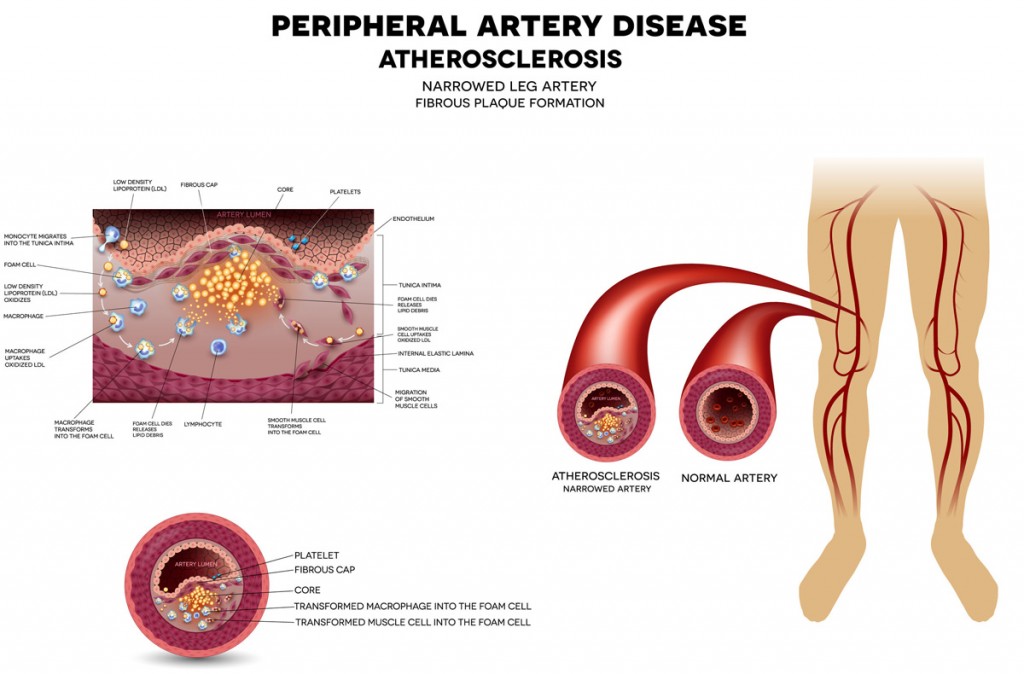
Peripheral artery disease (PAD) refers to a full or partial blockage of one of the arteries in the body’s extremities. It is a common cause of leg pain and presents as cramping, weakness or numbness that occurs during activity. When the artery is blocked, working muscles do not receive adequate blood flow. Such blockages create a cramping sensation during movement due to the increased demand for blood in the muscle tissue. A common symptom of PAD is decreased temperature in the lower leg. A medical professional can properly diagnose the condition and recommend a course of treatment. Untreated PAD may result in ongoing pain or limb loss and increases the risk of heart attack and stroke.
Peripheral Neuropathy
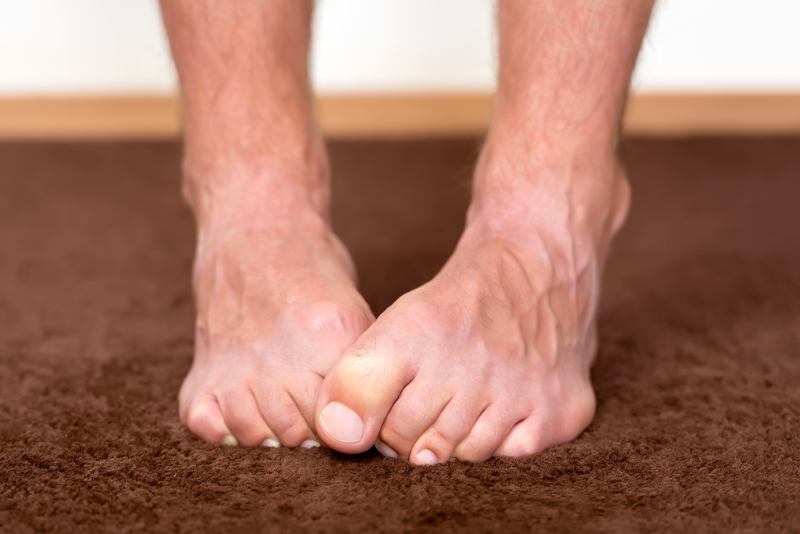
Leg pain as a resulting from neuropathy most commonly affects those suffering from diabetes. It occurs due to damaged nerves in the area as a result of chronically high blood sugar levels. Symptoms may present as pain, tingling, numbness or sensitivity to touch. For individuals who do not suffer from diabetes, neuropathy may occur as a result of trauma, infections, genetics or metabolic conditions. To prevent the onset of peripheral neuropathy, a diet high in essential vitamins and minerals may work to keep nerves healthy and ward off conditions like diabetes. Regular physical activity and avoidance of environmental toxins may also help to inhibit neuropathy development.
Sciatica
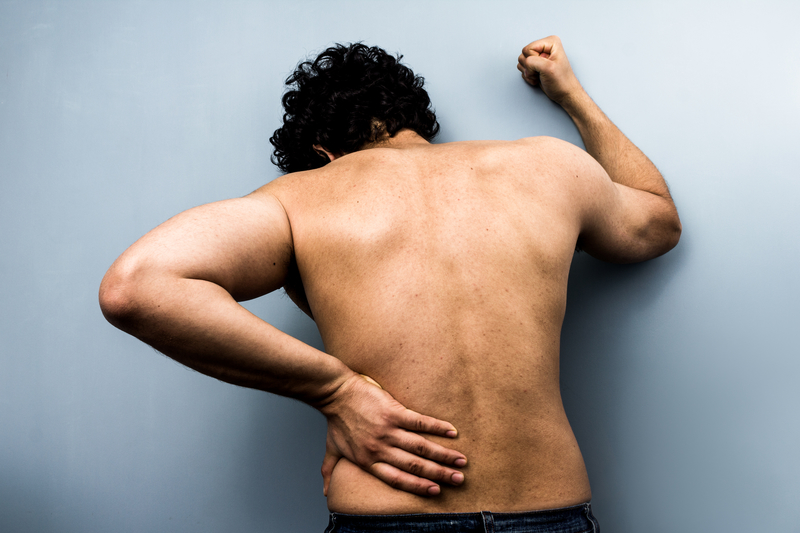
Sciatica is the term given to a set of symptoms generated by pressure on the sciatic nerve. Pain presents in the lower back and extends through the buttocks and into the leg. Pressure on the sciatic nerve may be caused by a number of factors including tight lower back and gluteal muscles, a bulging or herniated disc or bone spurs. There are many options for the treatment of leg pain associated with sciatic nerve compression. Sufferers may seek out chiropractic treatment, massage or physical therapy to alleviate painful symptoms and relax tightened muscles. In severe cases, surgery may be necessary to alleviate the condition.
Lumbar Stenosis
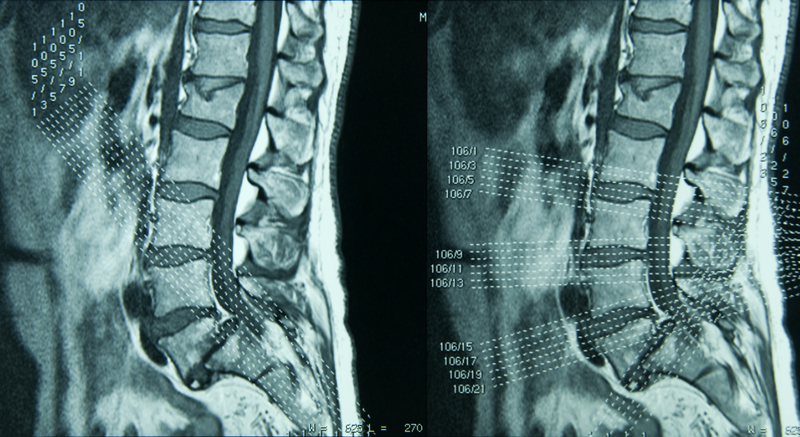
Lumbar stenosis refers to a narrowing of the spine due to a number of factors. These may include bulging discs, arthritis, and ligament degradation. It is most common in individuals over the age of 50 due to changes in the spine as a result of aging. Symptoms may be very similar to those of sciatica including leg pain, numbness or tingling. Weakness may also occur in very severe cases. Treatment of the condition involves specific exercise routines, anti-inflammatory medications, and epidural steroid injections to reduce pain and swelling in the spine.
